Visit the University Botanical Garden in Granada
Since time immemorial, man has built gardens, both for economic, medicinal or aesthetic reasons.
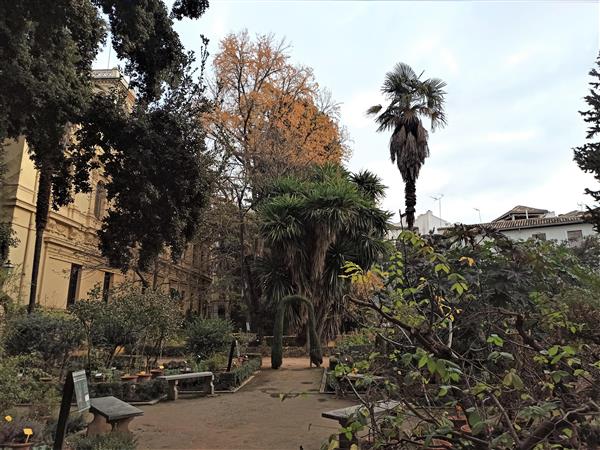
In our Western culture, we have those built by Greeks and Romans. In later centuries, convents and other institutions created gardens, always following the original cloistered model. However, throughout the 18th century, a combination of circumstances led to a transformative impulse in gardening in general.
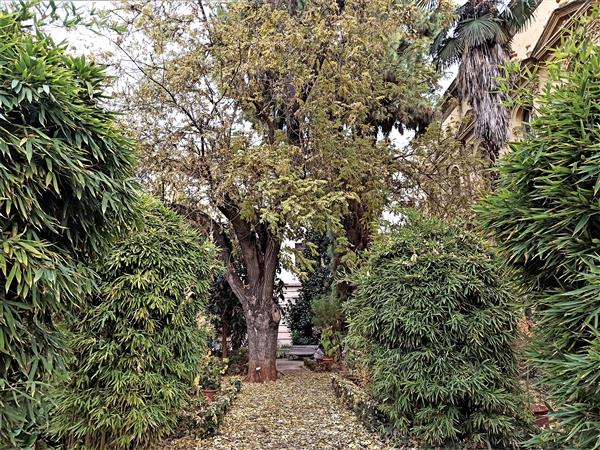
With the increase in trade between Europe, the Far East and America, they began to cultivate species from these places that would later be exported together with the autochthonous ones. Many plants were sent to America to create their own botanical gardens, like the one in Mexico.
The History of the Garden
All this accumulation of new plants demanded classification and study. The momentum of the Age of Enlightenment made this possible. In Granada, after the expulsion of the Jesuits in 1769, Carlos III granted the university the space these had occupied. On this land a small botanical garden was built, dedicated to medicinal plants in 1840.
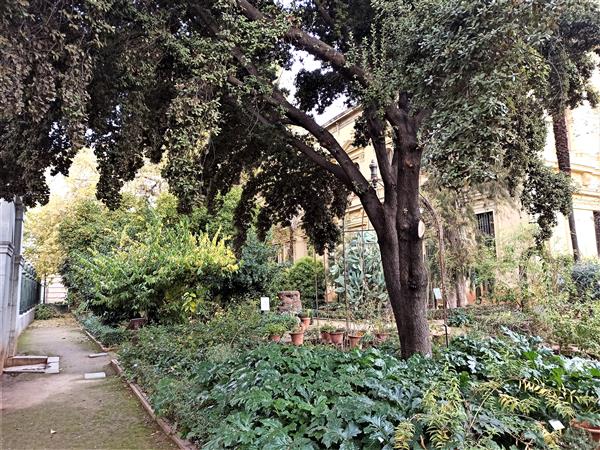
The garden was not fenced in until 1875, following a boom period interrupted by the civil war. The subsequent years were of decadence and neglect, until in 1969 the University of Granada undertook a series of profound improvements made it the garden seen today.
Planting and Species
The garden preserves the romantic aspect of its origins, although the plantation has undergone variations during these years. The beds or terraces that form it are dedicated to medicinal, ornamental, horticultural plants, plants for hedges and climbing plants. In these beds, in addition to the native plants, you can see species from America, China, Japan etc.
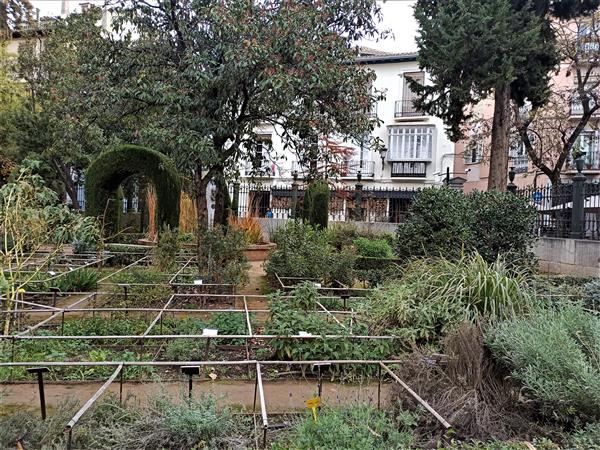
As well as those of traditional medicinal use in botanical gardens, they planted tall species from other parts of the world. The Japanese walnut (Ginkgo biloba) from China, is among the most representative species in the Granada Botanical Garden, planted there in 1889.
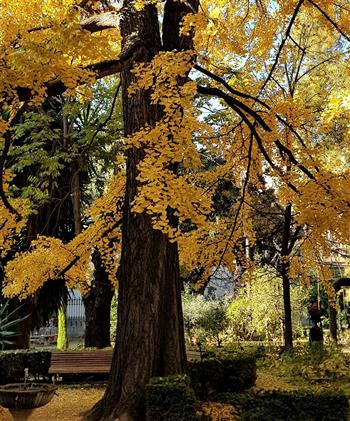
Photo credit: Francisco Hernandez Aguilera
The Ginkgo biloba is a unique species of its kind, very long-lived and of great beauty, it is considered a living fossil of more than 150 million years of existence. Also from China and cultivated for its beautiful flowers, is the Jupiter Tree (Lagerstroemia indica), which can reach up to 6 metres.
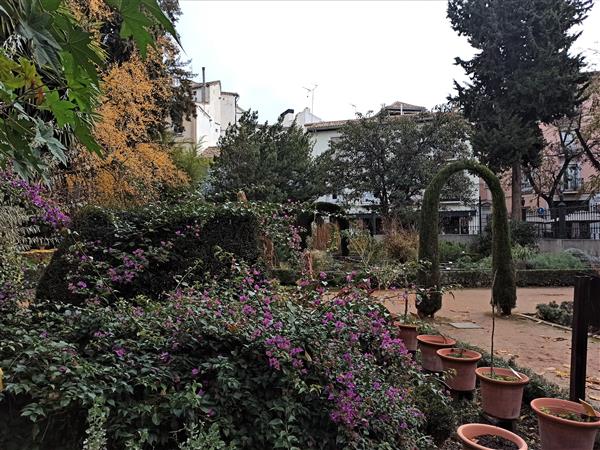
Another interesting species in the garden is the Virginia Persimmon or (Diospyros virginiana). A tree more appreciated for its wood than for its fruits. The specimen you see was planted more than 100 years ago. Another species native to America is the Carya illinoinensis (Pecan or Pecan nut). It has economic value for its fruits and also for its medicinal properties. Also from America and planted in the same area as the previous ones, Yucca (Yucca elephantipes) reaching to 8 metres in height with succulent 60cm leaves.
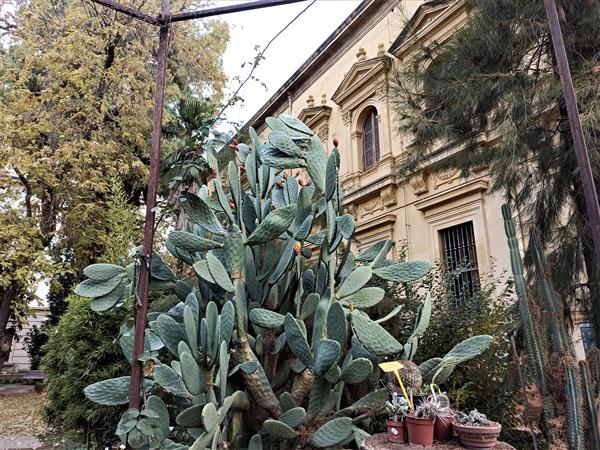
From Japan there are two species, Sophora (Sophora japonica) and Japanese Loquat (Eriobotrya japonica), the first cultivated as an ornamental since the 18th century and the second for its fruits. Currently the Botanical Garden of Granada has more than 75 species on its terraces.
Where is the Garden and When does it Open
The garden is located on Calle Duquesa, within the grounds of the Law School, in front of the Convent of Nuestra Señora de la Piedad. Open during academic hours - in term time - from 8:00 a.m. to 8:00 p.m. Contact: 958 244 043 and e-mail: jarbot@ugr.es
These study centres had, and continue to have, great economic and scientific importance. Their existence also gives the general public the opportunity to discover and enjoy them.
Published by Frutos Torres
Photos by Isaias Padial
For the best holiday in the Lecrín Valley, remember that on the Lecrín Valley Tourism website you can book your accommodation, your activities or your restaurant directly with the owners. Who better to help you plan everything? And without any commissions!
GO TO BLOG
